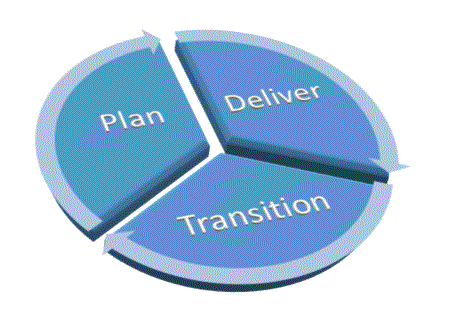What is the most important project governance artefact?
- Paul Martin

- Jun 15, 2021
- 2 min read
When I was younger (so much younger than today!), I was once asked by a project management trainer "If you could only use one project governance artefact to help you manage your project delivery, what would that artefact be?"

My answer was simple and quick. "A project plan", I replied, looking around somewhat smugly at a room full of wannabe project managers.
The trainer smiled and asked "Why so?"
I confidently explained that a carefully constructed project plan would cover the work breakdown structure, all the tasks to meet the project scope and objectives, the milestones, the dependencies, the resources, the effort, the costs all in one place and that if I track that plan on a daily basis, then I am confident I can deliver the project successfully.
He asked others in the class for their comments and thoughts. Most agreed that a project plan was probably the most important project governance deliverable/artefact for managing a project.
Now rather than dismiss this, the trainer simply asked the question "What if the scope changes? What if you don't sign off your requirements? What if the Design is wrong? What if Build takes 3 months longer than you planned? What if you find major defects in testing? What if your key resources leave mid-project? What if you run out of funding? What if.... ?"
The key underlying consistent message was 'What if'.
After some deliberation and head scratching, this finally led to a eureka moment for the whole class. The words we all came to say were 'risk log'. The 'What ifs'!'
This really bought home to me (and my fellow classmates), the important of a risk log. That doesn't mean the project plan is not important, it doesn't mean the business case isn't important or that the test or implementation strategy & plan isn't important. But what the trainer was trying to highlight to us young budding pm's was that managing project risk was probably (arguably), the most important project governance skill that we needed to focus a lot of our effort and attention on.

From that day forward and over the past 30+ years of delivering projects, I have never once forgotten the importance of managing project risks. Regardless of whether the project is agile, waterfall or a hybrid, through a risk log you can successfully manage a project. You can have risks that cover every aspect of a project lifecycle. Risks for tasks (epics, stories, features), for milestones (sprints), for dependencies, assumptions, constraints, for resource, for time, cost, scope, quality and so on. A well constructed and well managed risk log is one of the most important project governance artefacts a project manager can use. A good project manager and a well managed risk log go hand in hand in my opinion, If you identify and manage your risks, then you will reduce the number of issues you will face during your project and ultimately you will increase your chances of success.
Paul Martin
Principal Consultant




Comments